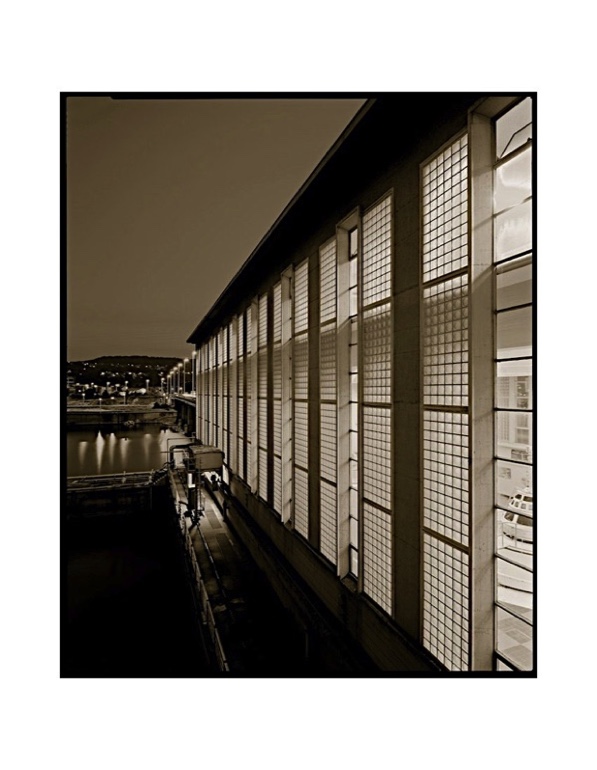FILM PROCESSING

PHOTŒIL
Although I shoot for 90% digital now, working traditionally on film is what I like the most.
When it comes to demanding work needing several extensive camera movements (Scheimpflug) done with the Linhof view camera, film is still an interesting way to go. But not only for this kind of work, I can’t imagine pinhole photography shot on anything else than film, and not only pinhole, just images with a little more...
The dark room has no real secrets for me (although), and when I have the time, it’s there you can find me. For years I developed my own colour slides, the famous E-6, and B&W slides (Agfa Scala) in a home brewed negative reversal process. I still have my developing machine, a Colenta AT60, in good working order...
For Black and White photography, film is giving me that little ‘it’ what I am looking for, digital can’t do this (yet).
I brew my own soup, soups actually. The first one is the ‘normal’ soup, almost normal, its a more human friendlier Hydroquinone and Metol free film developer based on the E-76 formula by Chris Patton, just slightly modified to meet my own needs. E-76 is the Ascorbic Acid version of Kodak’s famous D-76 developer which is still a very good product.
The second one is a tanning soup. It’s the wonderful Pyrocat-HD formula by Sandy King, again, just a little modified to meet my way of ‘doing’ but still very close to the original. This process is ideal for scanning. When traditionally developed film is scanned, the silver grain in the emulsion is provoking a kind of scattering, resulting in a somewhat lesser brilliant image and a loss of micro-contrast and thus lesser sharpness too. Pyrocat-HD, a physical developer, produces a broader tonality, more open shadows, less burnt highlights, perhaps a little more ‘present’ grain but an even more sharpness.
And of course, there is always Rodinal (still made by ADOX named Adonal) just for the feeling of it....